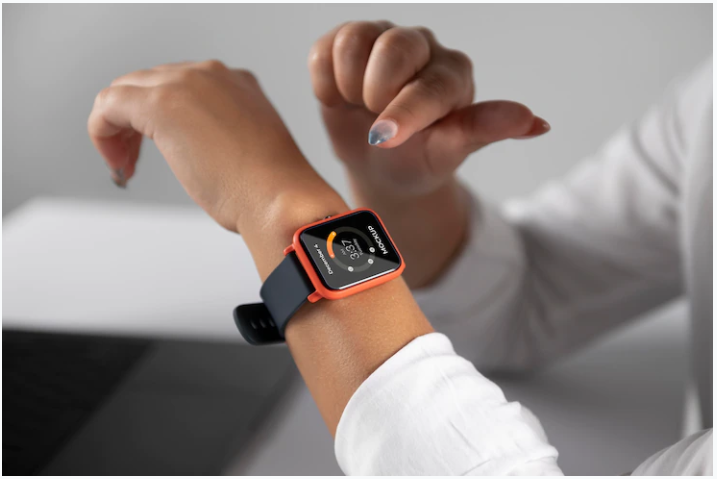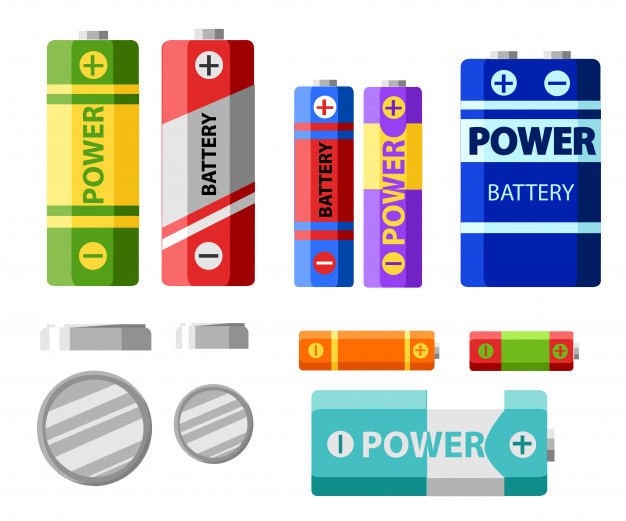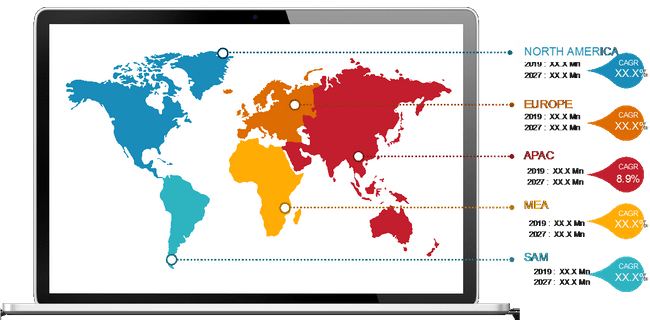Increased spending on consumer electronics, a surge in urbanization, and improved lifestyles of people have led to the rise in health and safety awareness. Moreover, with rising disposable incomes, devices such as smart watches, fitness trackers, VR headsets, smart wristbands, activity trackers, sports watches, healthcare applications, and enterprise and industrial applications are gaining huge traction. As a result, medical device companies are investing in the development of new technologies. For instance, in 2020, Adidas collaborated with Google and EA Games to create a smart football boot that tracks how people play in real life, enabling them to complete challenges or hit milestones. For instance, in April 2021, Casio (a leading Japanese watch brand) introduced its first Wear OS G-Shock smart watch with a dual display and in rugged form factor. In May 2020, Philips launched a wearable biosensor for early patient deterioration detection, including surveillance for COVID-19.
STMicroelectronics, Infineon AG, Texas Instruments, Analog Devices Inc, InvenSense Inc. – Prominent Market Participants in Wearable Sensor Market
Additionally, A rapid increase in the use of smartphones and connected devices, and the growing need for low-power, smaller, lighter sensors with enhanced performance are the factors supporting the trend of miniaturization. Advancements in nanotechnology and micro-fabrication technologies have been driving the progress of the miniaturization process, thereby making smart sensors cost-effective and anchoring the emergence of smart fabrics. Further, in January 2022, Abbott Laboratories demonstrated the Libre 3 System, a glucose monitoring system that can be used for up to 14 days. Ava AG’s wearable fertility tracker for women received the US Food and Drug Administration clearance in 2021. At the Consumer Electronics Show (CES) 2022, Reliefband Technologies LLC showcased the Reliefband Sport smart watch that can prevent and treat nausea and vomiting due to anxiety, hangovers, motion sickness, physician-diagnosed migraines, chemotherapy, and pregnancy-related morning sickness. Thus, the increasing demand for wearables devices in healthcare applications drives the global wearable sensors market.
STMicroelectronics, Infineon AG, Texas Instruments, Analog Devices Inc, InvenSense Inc.– are among the well-known players operating in the global wearable sensor market and are focused on product development and innovations. The above listing of key players is derived by considering multiple factors such as overall revenue, current wearable sensor portfolio, new product launches, market initiatives, investment in technology up-gradation, mergers & acquisitions, and other joint activities. A few of the important market initiatives and product developments from the industry are mentioned below:
| Year | News | Country |
| 2021 | Bosch Sensortec has announced its partnership with NextNav to strengthen barometric sensor performance for smartphones, wearables, and other devices. | Global |
| 2020 | STMicroelectronics collaborates with Qualcomm Technologies for development of unique sensor solutions for Next-Gen Mobile, Connected PC, IoT, and Wearable Applications. | Global |



